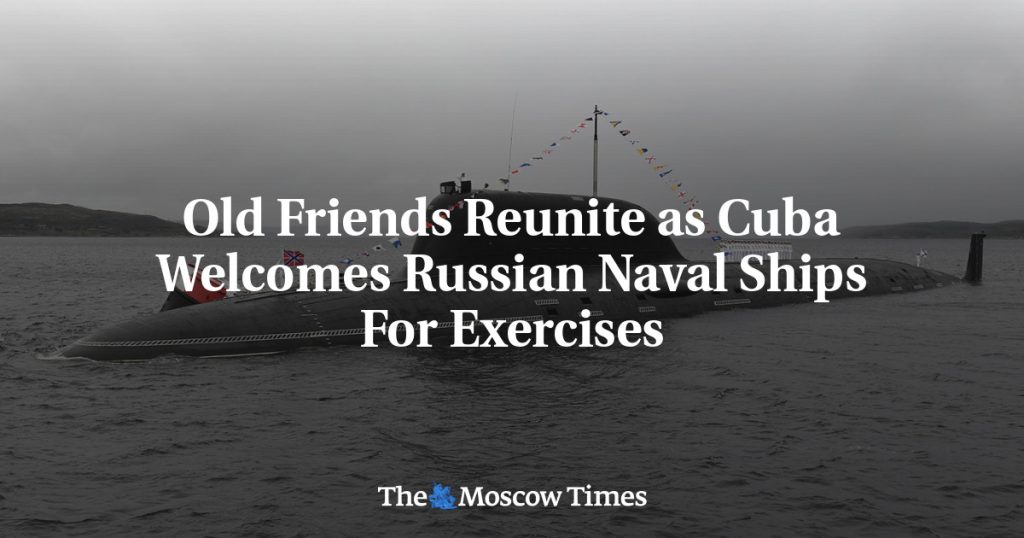Three Russian ships and a nuclear-powered submarine are set to arrive in Cuba for naval exercises in the Caribbean Sea, scheduled to run through Monday. Despite two of the ships having the capability to carry nuclear-capable long-range missiles, both Havana and Washington have stated that none of the vessels are carrying nuclear weapons. Experts note that the aim of these drills is to send a warning to the West without escalating tensions and to project Russia as a global power with influence beyond its borders.
Relations between Russia and Cuba remain friendly, although not as close as during the Cold War. Both countries are critical of sanctions imposed on each other and the enlargement of NATO. Cuba has supported Russia’s right to “self-defense” following the invasion of Ukraine but did not fully endorse the move. Cuba’s proximity to the U.S. makes it a strategic location for Russia to conduct electronic warfare and gather intelligence. In return, Russia plays a role in ensuring stability and economic support for the isolated island nation.
The annual naval exercises in Cuba have been held between 2013 and 2020, with Washington considering this week’s port call as routine. Despite recent events such as the invasion of Ukraine and Putin’s threat to supply weapons capable of striking Western allies, experts do not see a significant change in the significance of the maneuvers. Russia aims to show its naval capabilities and strengthen its relations with Cuba and neighboring allies, including Venezuela.
The presence of the nuclear-powered Kazan submarine has garnered attention, as it is capable of firing Kalibr cruise missiles with a range of up to 2,500 kilometers. The Frigate Admiral Gorshkov is carrying hypersonic Tsirkon missiles, which are nuclear-capable according to the Kremlin. The U.S. will monitor Russia’s activities in the Caribbean Sea, with ships from the Northern Fleet being tracked by American vessels equipped with sonar equipment.
The decision to send parts of Russia’s Northern Fleet to the Caribbean has practical implications, with recent exercises focusing on deploying warships from one theater to another. This move demonstrates Russia’s naval strength and their ability to operate globally. The drills are part of a build-up to more Russian air force and naval exercises in the Caribbean over the summer, leading up to a larger global naval exercise in the fall. The U.S. State Department is closely monitoring these developments and the activities of the Russian vessels in the region.
Overall, the naval exercises in Cuba represent Russia’s efforts to showcase its naval capabilities and strengthen its position as a global power. The drills serve as a message to the West and demonstrate Russia’s willingness to operate in regions worldwide. While concerns about the presence of nuclear-capable weapons exist, both Havana and Washington have assured that the vessels do not carry such armaments. The geopolitical implications of these exercises highlight the complex relationships between Russia, Cuba, and the United States, shaping the strategic landscape in the Caribbean.


